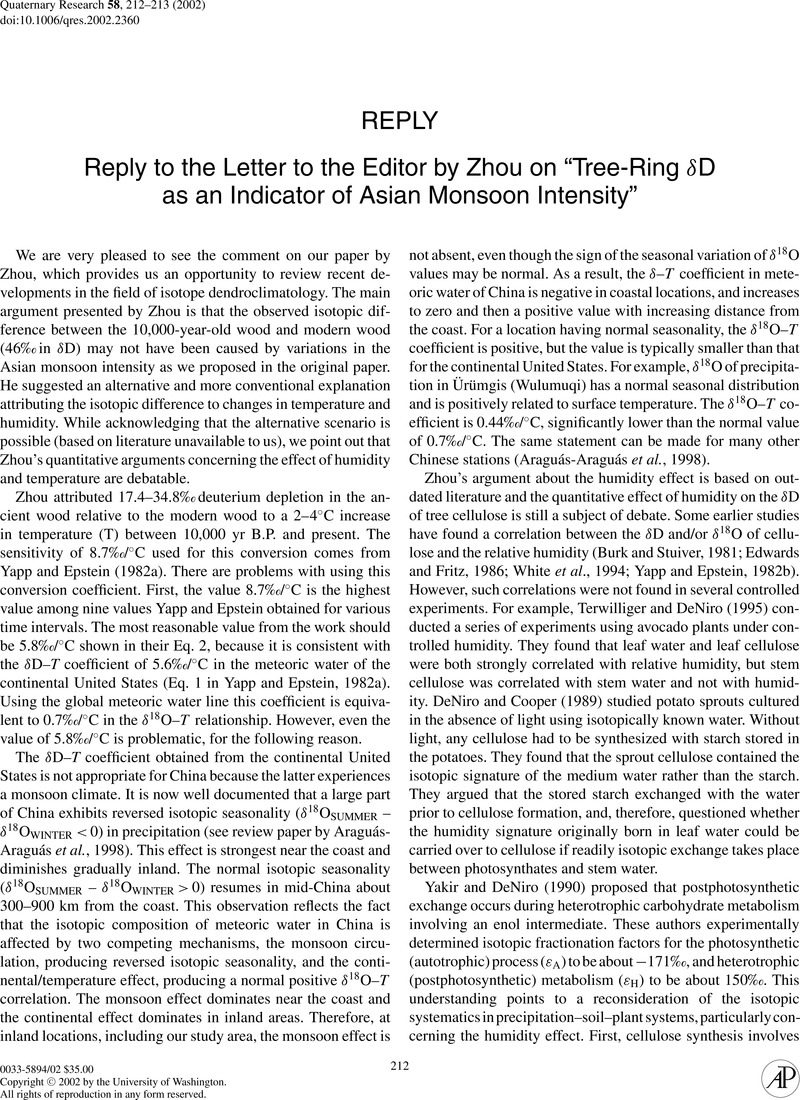Crossref Citations
This article has been cited by the following publications. This list is generated based on data provided by Crossref.
Wang, Pinxian
Clemens, Steven
Beaufort, Luc
Braconnot, Pascale
Ganssen, Gerald
Jian, Zhimin
Kershaw, Peter
and
Sarnthein, Michael
2005.
Evolution and variability of the Asian monsoon system: state of the art and outstanding issues.
Quaternary Science Reviews,
Vol. 24,
Issue. 5-6,
p.
595.
Johnson, Kathleen R.
Lynn Ingram, B.
Sharp, Warren D.
and
Zhang, Pingzhong
2006.
East Asian summer monsoon variability during Marine Isotope Stage 5 based on speleothem δ18O records from Wanxiang Cave, central China.
Palaeogeography, Palaeoclimatology, Palaeoecology,
Vol. 236,
Issue. 1-2,
p.
5.
Wang, P. X.
Wang, B.
Cheng, H.
Fasullo, J.
Guo, Z. T.
Kiefer, T.
and
Liu, Z. Y.
2014.
The global monsoon across timescales: coherent variability of regional monsoons.
Climate of the Past,
Vol. 10,
Issue. 6,
p.
2007.





